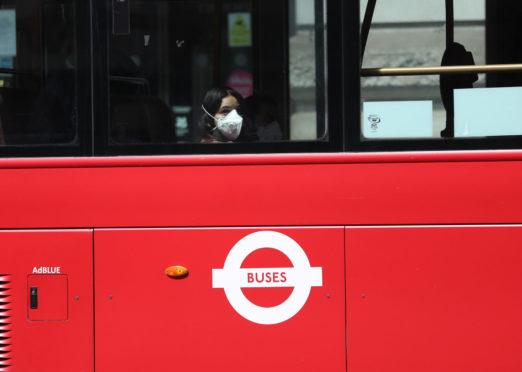
It seems now indisputable that, had we locked down earlier, many thousands of lives lost to Covid-19 would have been saved.
It is also true, however, to say that hindsight enjoys the luxury of 20/20 vision and the unenviable decisions taken by our political leaders at a point in time during this pandemic can only be informed by a science which, by the very nature of the virus, was, and remains, inexact. So, where does that leave us?
Here we are, 12 weeks into a national lockdown. Three months – which our Prime Minister predicted would be long enough to “send coronavirus packing”.
And, with his arbitrary deadline now upon us, there are more – many more – than 40,000 dead, residents of care homes decimated, the economy bust, no vaccine available, the virus still dangerously prevalent, and a hotch-potch of measures across the UK to take us on our first tentative steps out of lockdown.
And, if mistakes were made going into the lockdown, which they clearly were, then it is reasonable, indeed vital, to ask the same questions about the science, the judgment, the politics, as we come out.
But, despite the evident risks, with the “R” rate hovering somewhere between “stop” and “go”, we emerge into a lockdown twilight zone that, frankly, feels worse than the all or nothing that came before.
A world where the Four Nation approach is fraying. We are not all in it together. A time of trying to remember which government sanction phase we are living in, and one that offers nothing of the certainty of “stay at home, save lives”, or the reassurances that increased freedom would normally imply.
We are left to fall back on our own resilience – our judgment on balancing risk – and for many that is a more anxious state than simply a blanket ban.
I feel it in my own family where some of the guidance makes little sense in a real-life situation with an elderly, house-bound mother who needs help, or a son who hasn’t seen his friends in months.
Yes, it can be confusing. There are anomalies. You can’t legislate for all manner of human behaviour or dynamic but, when partial lifting of restrictions means we need to keep a calendar handy to guide our steps out of lockdown, then it is little wonder that the grey areas cause not just confusion, but great anguish.
Added to this is a bizarre entitlement about to whom the rules should apply, rooted inexplicably in a binary split between those on the left or the right or even of Leave and Remain, and who has a sense of greater entitlement.
Treating lockdown like some weird manifestation of a health and safety diktat gone mad is as ignorant as it is dangerous. Governments aren’t imposing restrictions on how we live our lives for the good of their own health, they’re doing it for ours.
So, question all you like the science, the sense and the logic behind rules that you feel you can bend because you can argue your own exceptionalism but the one certainty you can rely on is that, regardless of the mistakes that will have been made, if you stick to the rules you are still saving lives. We’ve stayed indoors but the virus has been waiting.

Enjoy the convenience of having The Sunday Post delivered as a digital ePaper straight to your smartphone, tablet or computer.
Subscribe for only £5.49 a month and enjoy all the benefits of the printed paper as a digital replica.
Subscribe